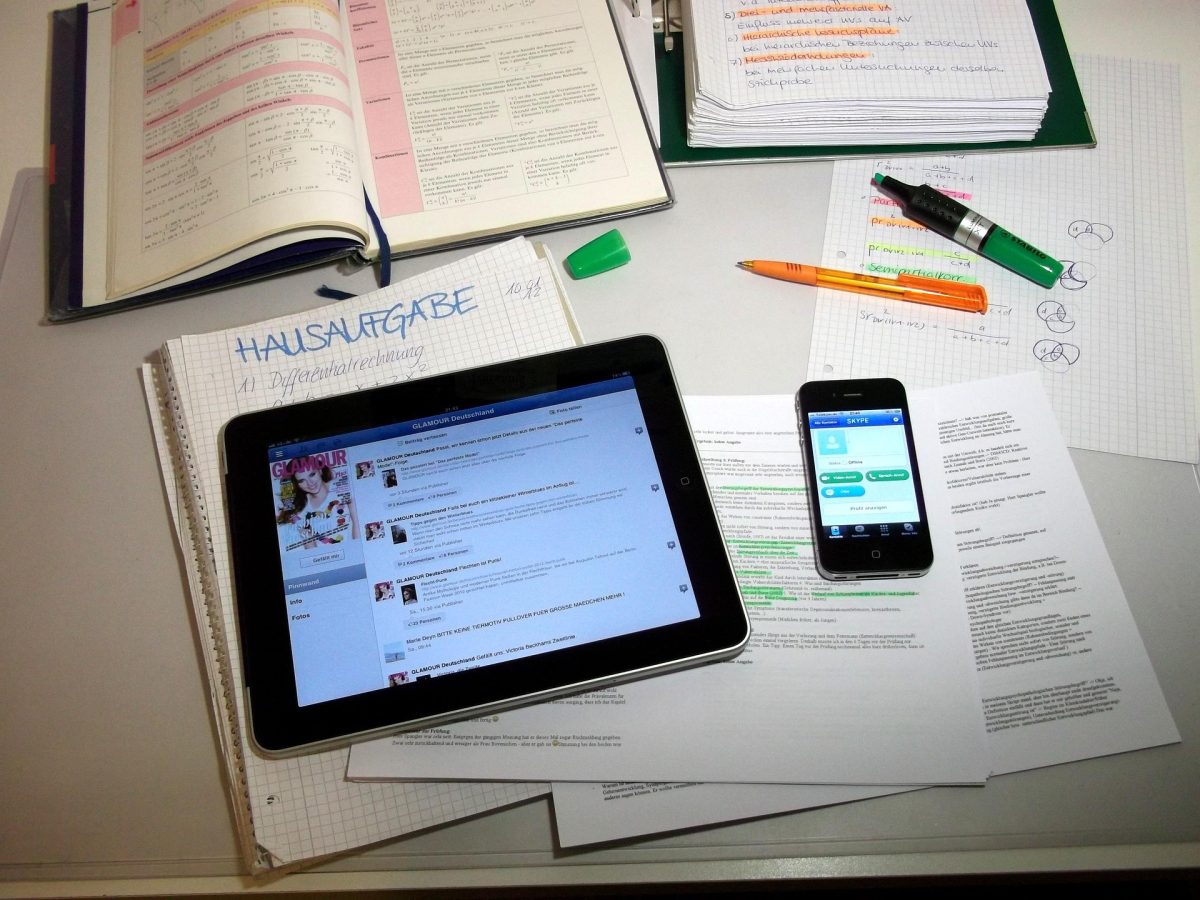Every second, about 2.2 billion people are staring at a screen, according to CBS News. To put that into perspective, imagine the entire populations of the United States, Brazil, Russia, Mexico, and China all glued to a glowing rectangle at the same time.
Since smartphones became mainstream in 2007, screen time has steadily increased each year. Experts warn that this rise has taken a toll on learning, memory, and mental health.
“Too much screen time can impact our health in a myriad of ways,” said Mary Grace Descourouez, a Stanford researcher, in a recent article.
One of the most noticeable side effects is procrastination, often fueled by “doomscrolling”—endlessly scrolling through negative or distracting content. According to Dr. Courtney Batt, an adolescent medicine expert at University Hospitals Rainbow Babies & Children’s, doomscrolling “often leads to negative feelings such as depression and anxiety.”
Why does procrastination seem especially common among young people?
“It’s because the brains of adolescents and young adults are still developing,” Dr. Batt explained, making them more vulnerable to unhealthy scrolling habits and their consequences.
The Statistics
To see how screen time plays out in our own community, 60 students and 12 teachers at St. Pius X were surveyed about their smartphone use. The results showed a clear difference: students spend significantly more time on their phones than teachers—especially on weekends.
On the weekdays, about 60% of students reported 3–4 hours of daily screen time, while the rest ranged from 1 to 10 hours. All teachers reported 0–4 hours, with most saying 2 hours.
On the weekends, nearly 80% of students reported 4–7 hours a day, with the largest group (25%) at 7 hours. By contrast, 83% of teachers reported only 1–4 hours, with most at 2 hours.
Interestingly, while only a quarter of teachers said they recognized their own procrastination habits, 72% of students admitted they knew they were procrastinating.
For many students, constant phone use feels natural. “We’ve grown up with technology,” said junior Alonso Montenez. “It’s more integrated into our lives.” Alonso also admitted that entertainment from reels and working under pressure contribute to his habits.
Dr. Batt added that scrolling isn’t just a bad habit—it’s chemical. “Doomscrolling and other forms of procrastination [activate] the release of dopamine in the brain,” she explained. That means scrolling provides temporary bursts of pleasure, even as it harms focus and productivity.
The Consequences
So what counts as “too much”? According to Dr. Batt, anything beyond two hours a day (outside of schoolwork) can be excessive. Research backs this up: one Spanish study found a direct link between increased screen media use and lower academic performance.
Excessive use can also harm brain functions tied to decision-making, movement, and learning. Over time, that adds up to challenges in school and beyond.
Cutting Back
If screens are so damaging, how can students take back control?
Mr. John Frederick, a St. Pius science teacher, says the simplest solution is often the best: “If it’s adding stress to your life, shut it off.”
Experts at Harvard agree, noting that the goal isn’t total abstinence but reduced dependence. Their recommendations include: keeping phones out of reach while working, turning on Do Not Disturb, and switching the display to grayscale.
Students at Pius are already trying these strategies—80% of survey respondents said they use Do Not Disturb or put their phones away while working.
The Bottom Line
The full effects of heavy screen time are still being studied, but it’s clear that teens are especially vulnerable to its impact on learning, focus, and mental health. Putting your phone face down and stepping away might be harder than it sounds—but it could be the first step toward better productivity, stronger grades, and healthier habits.




